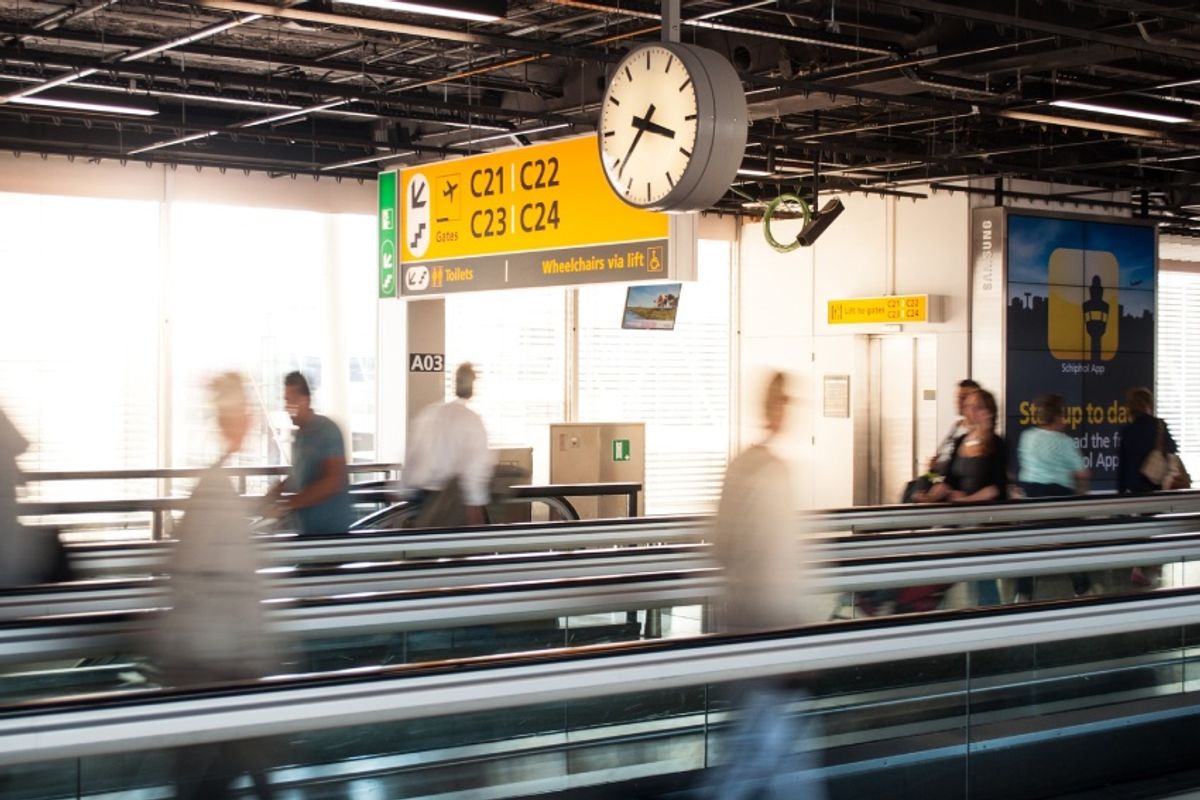IATA: 2024 global air demand sets record

Full-year 2024 air demand, as measured in revenue passenger kilometres, set records for both domestic and international traffic, according to the International Air Transport Association.
Total 2024 traffic increased 10.4 per cent year over year and was 3.8 per cent above the pre-pandemic levels of 2019, according to IATA. Total capacity, measured in available seat kilometres, was up 8.7 per cent compared with 2023. Overall passenger load factor reached 83.5 per cent, a record for full-year traffic.
The Asia-Pacific region logged the largest percentage 2024 demand increase at 16.9 per cent year over year and largest percentage capacity increase at 12.3 per cent versus 2023. Regional passenger load factors surpassed 80 per cent for all but Africa (74.9 per cent).
International demand in 2024 increased 13.6 per cent year over year with capacity up 12.8 per cent. Domestic demand in 2024 increased 5.7 per cent compared with 2023, while capacity increased 2.5 per cent.
“2024 made it absolutely clear that people want to travel,” IATA director general Willie Walsh said in a statement. “With 10.4 per cent demand growth, travel reached record numbers domestically and internationally. Airlines met that strong demand with record efficiency.”
December 2024 also had a “strong finish” with total demand increasing 8.6 per cent year over year and capacity up 5.6 per cent, according to IATA. December international demand increased 10.6 per cent compared with December 2023, while domestic demand was up 5.5 per cent. Total market load factor reached 84 per cent, a 2.3 percentage-point increase from a year prior and a record for December.
December total market passenger load factors increased for all regions compared with December 2023. Further, passenger load factors in each region except North America were higher than in 2019, according to IATA.
Asia-Pacific and European carriers contributed to most of the net increase in December international traffic, according to IATA, with year-over-year demand in those regions increasing 17.1 per cent and 8.6 per cent, respectively. North American December demand increased 5.1 per cent year over year, which was a “significant acceleration compared to November.”
“Looking to 2025, there is every indication that demand for travel will continue to grow, albeit at a moderated pace of 8 per cent that is more aligned with historical averages,” Walsh said.
Related
Brits forced to pay fee to visit these 30 countries…
UK tourists will be required to pay a fee to visit 30 countries in Europe under new European Union (EU) travel rules.The rules mean British holidaymakers will n
The beautiful European island with just 148 locals
Irakleia is a beautiful island in the Minor Cyclades of Greece, nestled in the heart of the Aegean Sea and just an hour away from Naxos. Officially recorded t
Warning issued for Brits flying easyJet and Ryanair to popular…
Passengers flying with Ryanair, easyJet and British Airways should expect disruption (Picture: Urbanandsport/NurPhoto via Getty Images) Passenge










